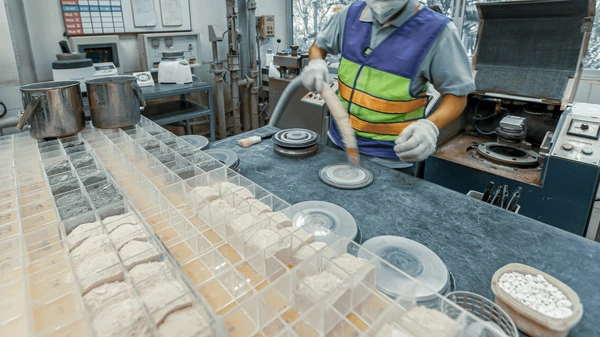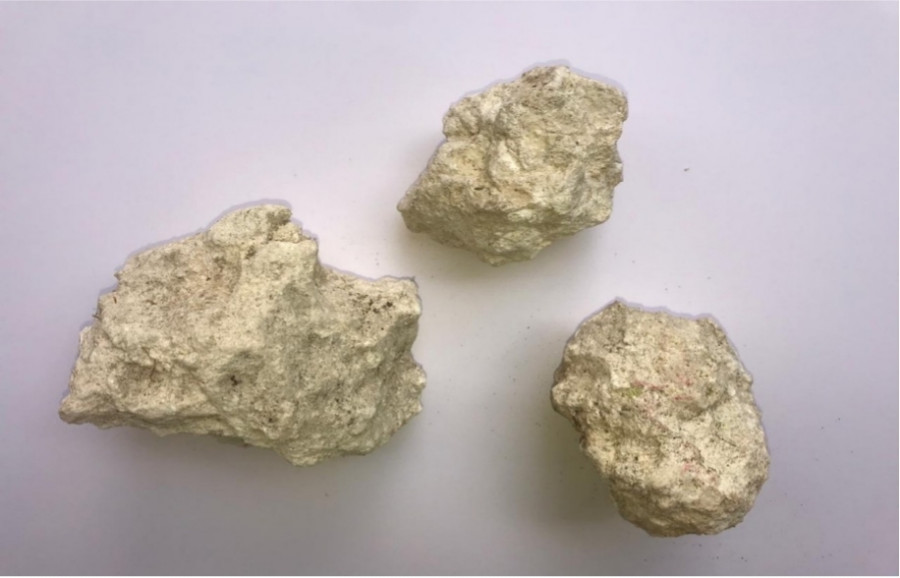Thickeners work by utilizing gravity to separate suspended particles from a liquid, thereby increasing the solid concentration of the slurry.
The fundamental operation of a thickener is based on the principle of gravity settling. The slurry or mixture (usually consisting of a liquid phase and solid particles) is fed into a thickening tank, and as the mixture settles, the denser solid particles sink to the bottom, while the clarified liquid rises to the top.


